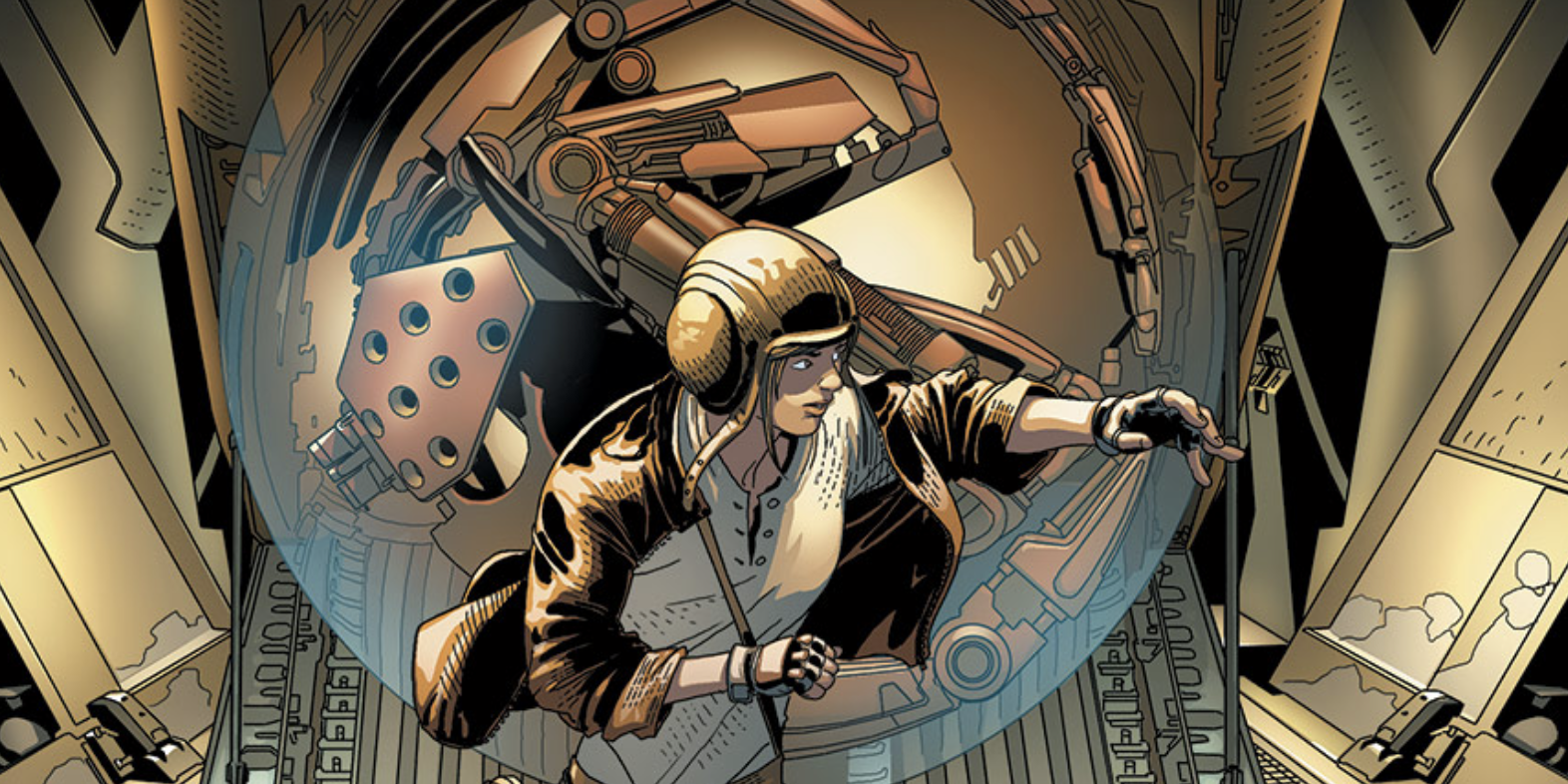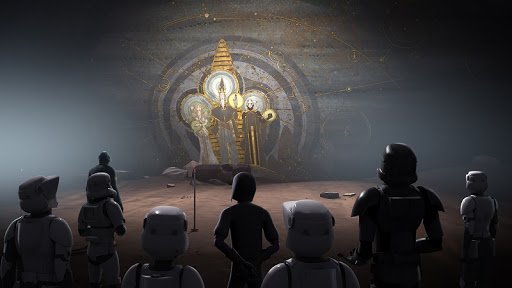Star Wars & Archaeology: A Recap
In the midst of the Gender & Video Games Mini-Series, I wanted to do a little recap of my own research, since I have only referenced it and not directly outlined it. My About Me page does have a list of my published papers, but I thought it would be helpful to give a brief breakdown of what I did for my thesis.
As you can probably tell by now, I started out with the main idea that I wanted to look at visual representations of archaeology and the past in pop culture. From there, I settled on the Star Wars franchise as there hadn’t been direct research in the field on the subject of archaeology before, or what was out there was not to the extent that I was planning on covering it.
Case Studies
I decided on three case studies: the Doctor Aphra comics, including the Darth Vader series where she originally appeared, the video game Jedi: Fallen Order (2019), and the animated television series Star Wars: Rebels, which I mentioned previously in my post about Thrawn’s appearance in the Ahsoka Disney+ series.
Doctor Aphra is an archaeologist within the world of Star Wars and has appeared in a number of comics since Marvel started producing them again. She was stated by her original author, Kieron Gillen, to be a very intentionally gender-swapped Indiana Jones with much more complicated morals. She is a sort of anti-hero/anti-villain that became so popular she got her own special edition figurine for Comic Con.
The Jedi: Fallen Order game follows former Jedi Padawan Cal Kestis who is in hiding, attempting to avoid the Inquisitors. This game is all about the past and archaeology, as Cal visits ancient ruins, temples, encounters Imperial Excavation Sites, and uses Force Psychometry to relive memories of the past.
The Star Wars: Rebels series has numerous encounters with the past, but the last two seasons specifically where Thrawn becomes a leading antagonist really emphasize the archaeological nature of the show. Something that the Ahsoka series doubles down on. Hera Syndulla encapsulates a lot of this in her character, specifically in the arcs where she is attempting to save her home or her ancestral artifacts from Thrawn.
Analysis
For each of those case studies, I analyzed three main components. First, I looked at the representation of each series, including race and gender, as that is something representations of archaeology and the past have struggled with. There is a breadth of work on this within the field already, so it was easy to pull those theories and ideas over into the world of archaeology.
Second, I looked at the politics of the past in each one. Archaeology has had a turbulent and entwined history with colonialism (& imperialism) and this is something each archaeologist has to deal with in their studies. Star Wars proved a fruitful ground there, as the Empire and the way it handles the past are very similar to real historical practices.
Third, and last, I looked at the ideas of pseudoarchaeology in each one, specifically how the supernatural was presented, what kind of fear was associated with that, and how much it played on stereotypes. This was particularly interesting because Star Wars does have a form of “magic” that is real in that fictional universe that would not be as true in Indiana Jones, which is very much set in a historic real-world past.
I wrapped it up by analyzing what this means for the field and the future, as it provided a good way to talk to the public about archaeology. And that’s what I’m here doing now! I’m sure there will be plenty more Star Wars articles to come as I want to get into the juicy details about each case study I mentioned above. I will be continuing the mini-series when I get back from my week-long break, and I have some plans for expanding content soon!






